Eagle Models: Sixteen 12
Compiled by Martin Willey
The 44 inch Eagle project dates back to 2008, when the company was named Iconic Replicas. Sixteen 12 finally delivered it in May and June 2019. See full history. At £2500, it is the most expensive mass-produced Space: 1999 merchandise.
It is a very heavy model, with a steel spine to support the weight.
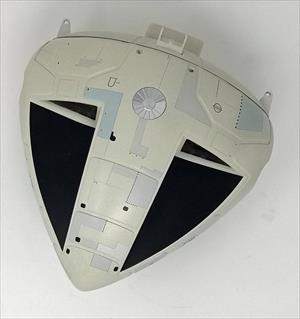
The shipping packaging was extravagant. It was shipped on a EUR1 wooden pallet, wrapped in plastic and held by plastic straps. This would be impossible to get through most people's front doors. Inside the big cardboard box was a second box, with foam corners. Inside this, the third nested white box had the logo and artwork (84cm x 100cm x 27cm). This was, in fact, a sleeve around a fourth white cardboard box, which opened to reveal the disassembled model, held in polystyrene with straps holding it in place.
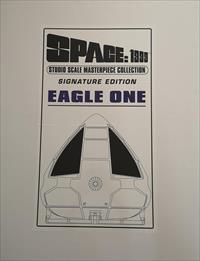
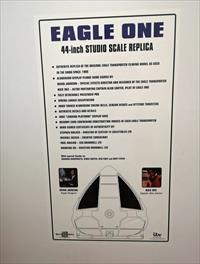
The front and reverse of the white box. The outer sleeve has the same front image. On the back of the box, there is another typo: "susspension". The memory card isn't actually included in the box.

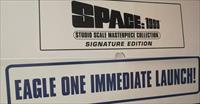
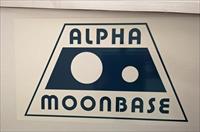
The sides of the inner box. The bottom part of the box has blue text ("Eagle One immediate launch" on the long side, Alpha logo on the short sides).
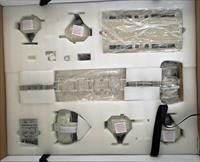
Each individual part was in individual plastic bags within the polystyrene (main body, command module, four leg pods, passenger module, engine bells, plus two part launch pad base and hexagonal storage pods). Other small pieces (screws, helmet visors, and a screwdriver) were double-wrapped in plastic.
The model is assembled in several parts. Construction is simple, aided by magnets holding some parts together.
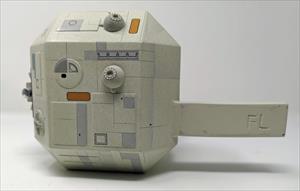
Each leg pod has a long slot (identical to how the original studio models were built), with letters indicating where they fit ("FL" = front left). The instructions don't point this out.
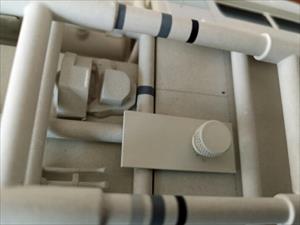
The passenger module has a screw and plate, which hangs the pod from the main body. The real studio model had a similar plate from the main body, with a screw into the pod. The Sixteen 12 version is visually similar, but easier to remove the pod.
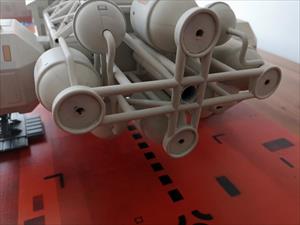
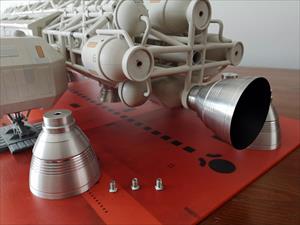
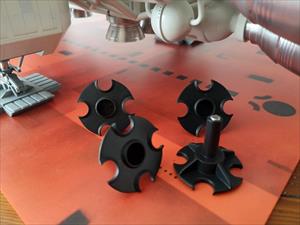
The rocket bells are attached with a screw. The engine baffles are held by a magnet.
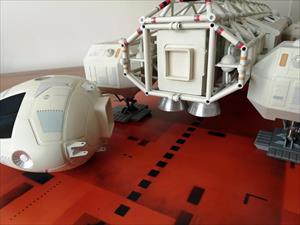
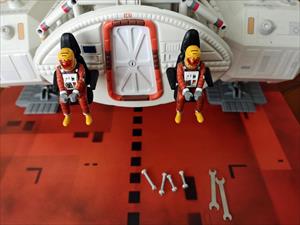
The command module slots onto the doorway on the main body. Then small bolts are slotted through the four latches, and fastened with nuts. This is the only tricky bit- the pieces are small and difficult to access.
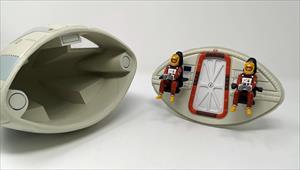
The command module separates into two, held with a magnet. Inside is a version of the pilot section studio set with two astronauts.

Launch pad base. Two sheets of red plastic with printed launch pad markings. 45.5cm wide, one sheet 59cm long, the other 54.5cm long, total length 113.5cm.
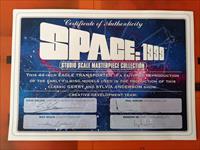
Certificate of Authenticity. 30cm x 21cm printed paper, with series logo. "This 44 inch Eagle Transporter is a faithful reproduction of the early filming models used in the production of this classic Gerry and Sylvia Anderson show." Signed by "Creative development team", Steve Walker, director of Sixteen 12, Paul Hurlow, CEO Drumwell Ltd, Mike Reccia, creative consultant, Manking Ng, director Drumwell Ltd. Sixteen 12 is the UK-based company which holds the ITV license; Drumwell is the Hong Kong-based manufacturer.
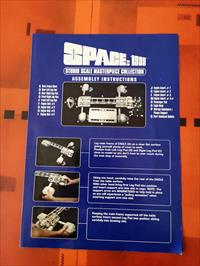
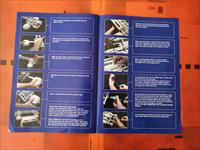
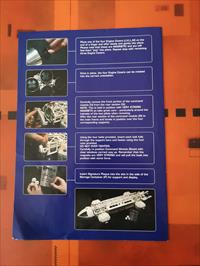
Assembley Instructions [sic]. 21cm x 29.7cm/A4 colour leaflet, four pages. Each of the 20 steps is illustrated with a colour photo. It's reasonably clear (it's a lot less daunting than the average Ikea assembly). Apart from the unfortunate title, "assembly" is spelt correctly in the step descriptions.
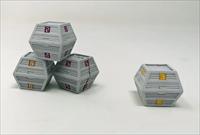
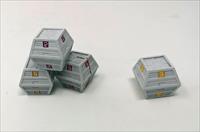
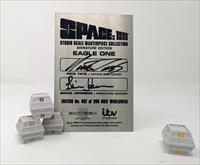
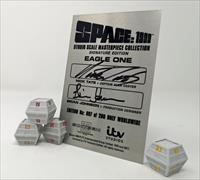
Signature Plaque. 10cm x 15cm thin metal plaque, with series logo and signature(s). The ITC copyright is 1975 and 2017 (two years before the actual release date).
It is designed to be mounted upright using a set of three hexagonal boxes as a stand (they are fixed together, one with a slot cut through it). There is an additional loose hexagonal box (2.5cm sides).
Supplied separately to the models was a flash card (actually a 16Gb USB key) containing 700Mb of 162 photos showing the development (scanning, 3D model printing, welding, casting, weathering, packing) and a movie (14m32s, a slideshow of the same photos).
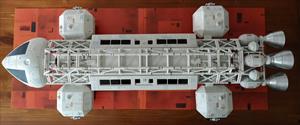
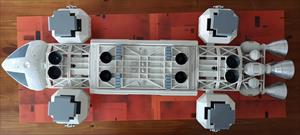
The model has mounting holes on the base, just like the studio model. The ITV and Sixteen 12 copyright is written on the bottom of the passenger module, dated 2018 (although the model was not released until May 2019).
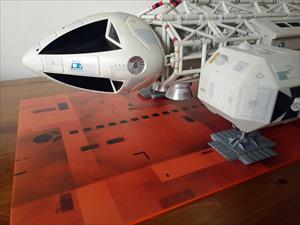
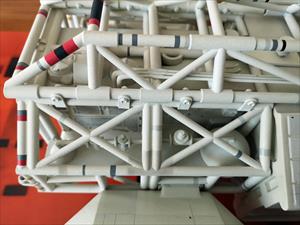
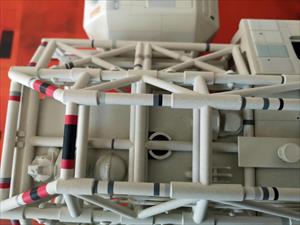
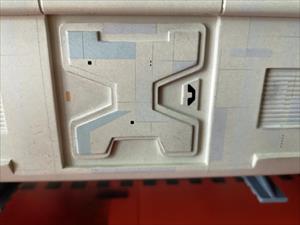
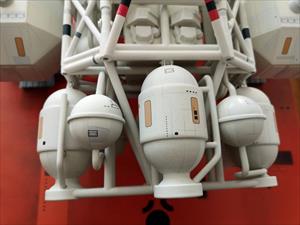
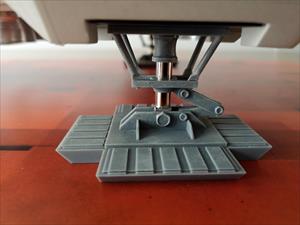
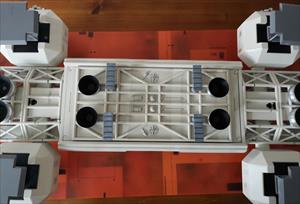
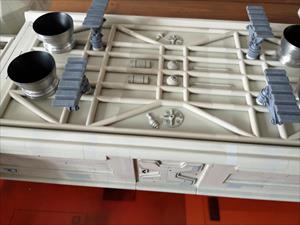
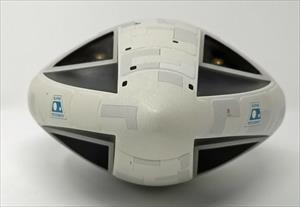
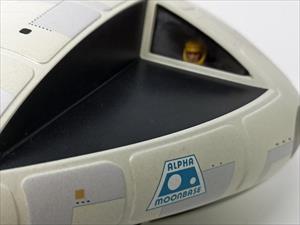
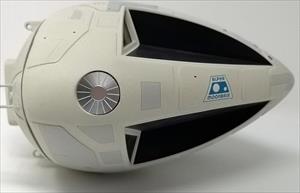
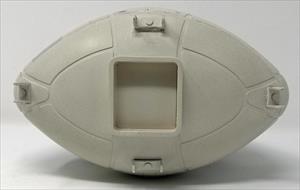
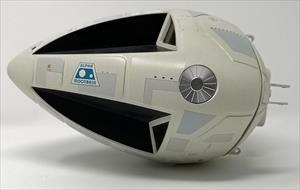
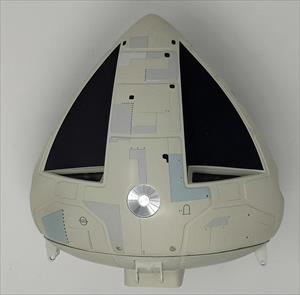
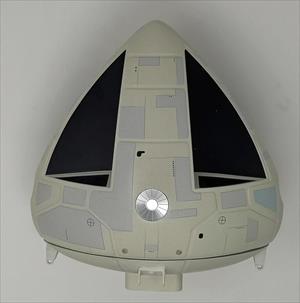
The pilot section is a stylised version of the studio set. The back wall is paler than the actual set. The detailing on the Round 2 22-inch Display Eagles had better colour, but the Sixteen 12 pilots have seats. The pilots are raised, so they can be seen through the command module windows. The original studio models used 1:24 Gemini astronauts with a plain orange back-wall (see here).
The pilots have different numbers (4 and 2), but the same name ("Sissons"). The visor is detachable. The astronaut figures are identical to the one used on the Sixteen 12 moonbuggy (which was number 5, and also "Sissons").
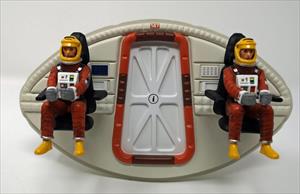
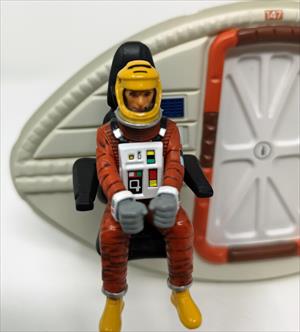
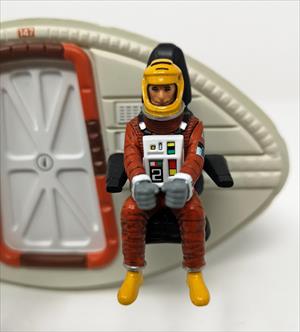
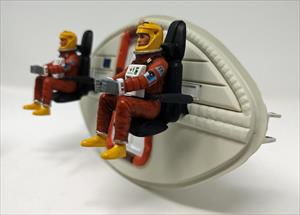
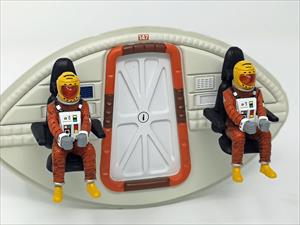
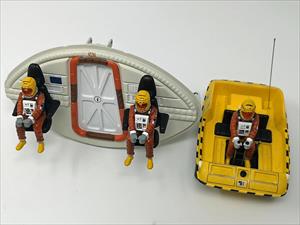
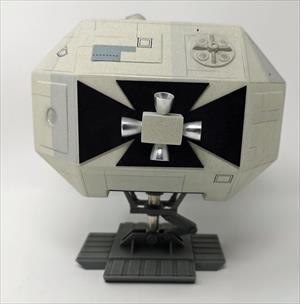
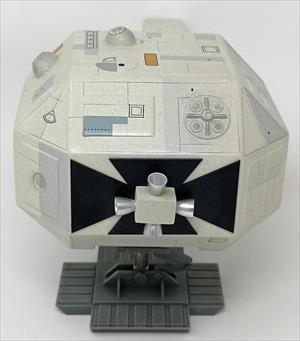
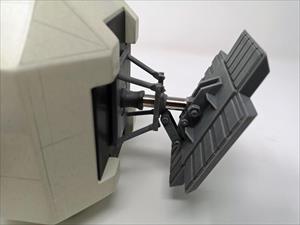
The detailing and decal pattern closely resembles the Round 2 22-inch Display Eagle, but there are several differences. The studio model was redecorated several times over the episodes, and these models have elements of several different versions.
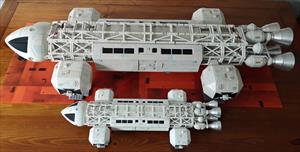
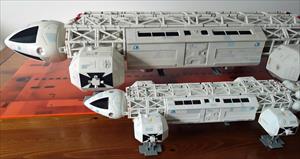
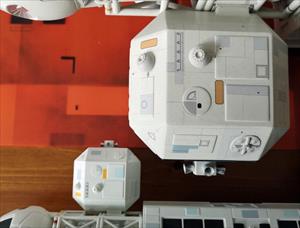
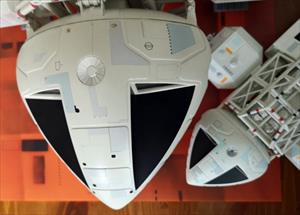
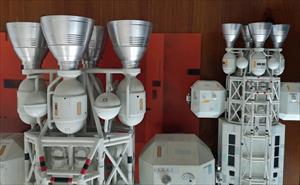
Copyright Martin Willey.